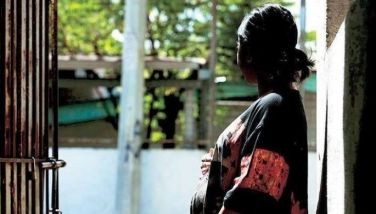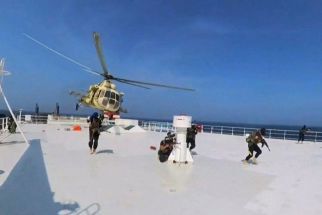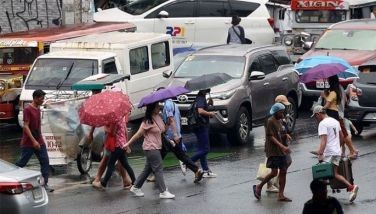Whatever happened to: Anti-COVID motorcycle barriers
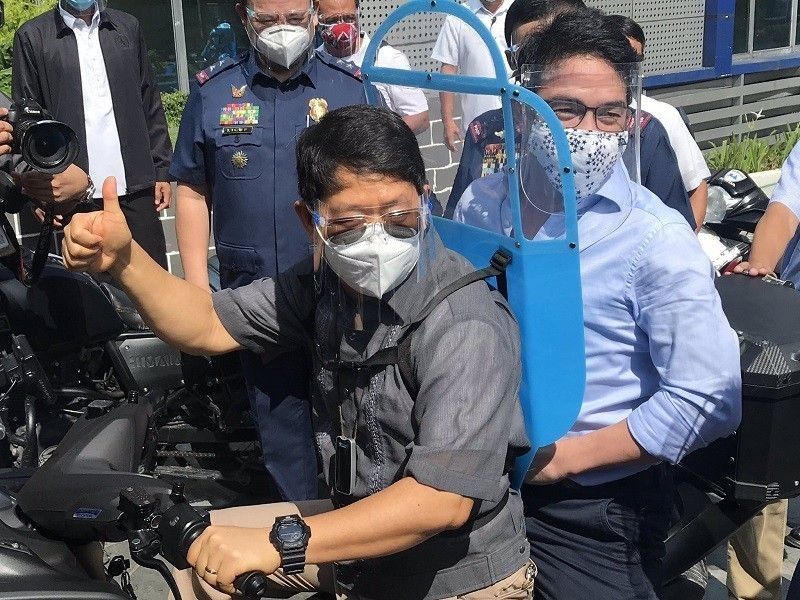
MANILA, Philippines — Announced and implemented to much fanfare in late July, the plastic motorcycle barriers that the government said would protect pillion riders from COVID-19 transmission live on now mostly in errant memes.
Briefly ubiquitous on Metro Manila's roads, they have since become rare, although Joint Task Force COVID Shield assured Philstar.com on Tuesday that they and the rule that requires people sharing a motorcycle to use them still exist.
"We are still enforcing that. There have been no changes to the policy coming from the [National Task Force against COVID-19]," Police Lt. Gen. Guillermo Eleazar, commander of JTF COVID Shield, which enforces quarantine protocol, said.
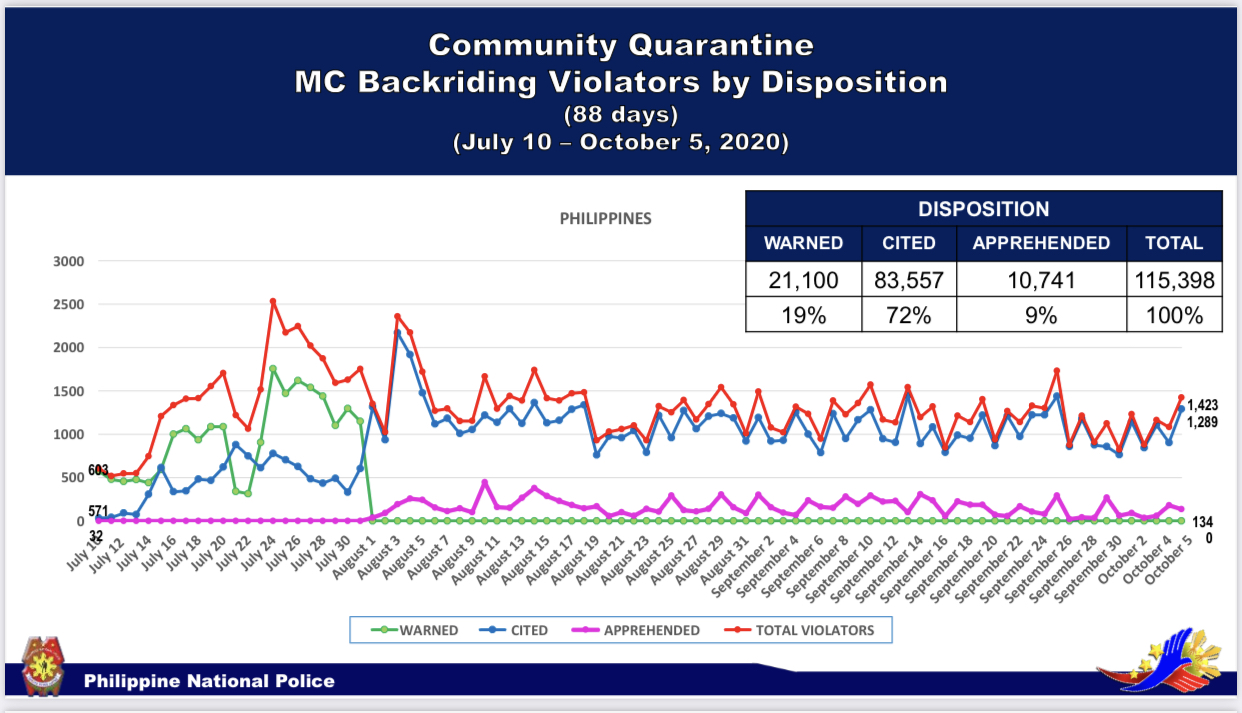
What they are
The motorcycle barriers are plastic shields meant to prevent COVID-19 transmission between the motorcycle driver and their passenger. They come in two approved designs, one from Bohol Gov. Arthur Yap and another from motorcycle taxi service Angkas,
"This second approved design (Angkas) is somehow simpler as it will only be strapped to the motorcycle driver and not mounted directly on the motorcycle itself, unlike the first design," Interior Secretary Eduardo Año said in July.
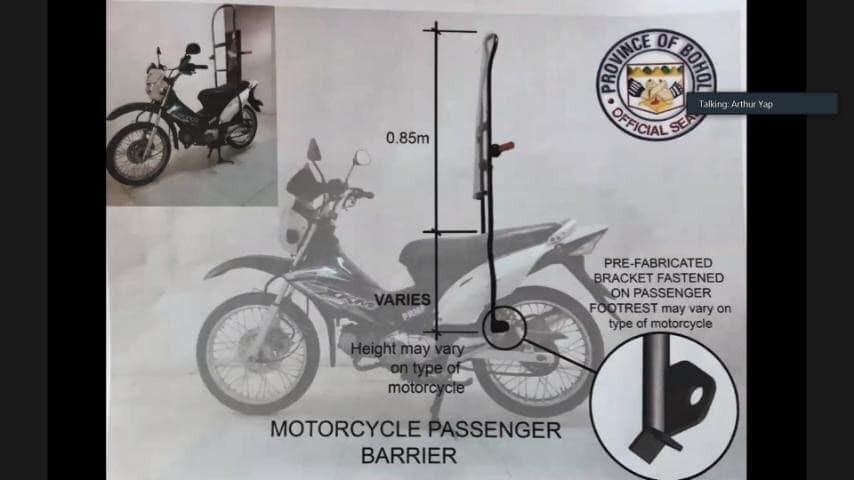
"It's good that people have options but as of today, both are already approved to be used."
The barriers were already a step forward from pillion riding not being allowed at all. Earlier in the Luzon-wide lockdown, government suggested motorcyclists install sidecars — an installation that would require a change in motorcycle classification and would restrict motorcyclists' access to Epifanio Delos Santos Avenue and other highways.
The issues
Motorcycle riders as well as engineers had raised concerns over the safety of using the barriers, which would affect aerodynamics and handling.
"On highways where there are a lot of fast-moving vehicles, what we're afraid of is wind dragging and wind lifting as they call it. Even if you drive slow, if a faster vehicle like a bus or truck goes past you, you might have a problem with your handlebar. Your motorcycle will wiggle and you might even get into an accident," Atoy Cruz, director for administration of the Motorcycle Philippines Federation, said in July.
The Motorcycle Development Program Participants Association, which includes representatives from Honda, Kawasaki, Suzuki and Yamaha, cautioned in a separate statement that the barriers "will negatively affect stability and handling of the motorcycle."
READ: Motorcycle barriers may have dangerous effect on aerodynamics, riders warn
They said in a statement that this would compromise rider safety.
"The proposed pillion shield will create significant wind resistance when the motorycle is in motion," they also said in a statement.
They said that unauthorized attachments like the barrier would compromise "years of careful planning, design and development carried out by teams of engineers to ensure the utmost safety of each unit."
The defense
Authorities said they had tested the barriers and that these are safe. Eleazar said accidents attributed to the motorcycle barriers might have been because of improper usage.
Año, on August 7, responded to criticism of the policy: "Study the issue. On motorcycles, you are experts but you cannot say you are experts on the pandemic."
"Let's just wait when you are infected, then comment. Your perspective in life will change once you get sick or a member of your family needs an intubator, ICU, medical ventilator," he said, referring to intensive care units," he said, stressing that countries like Indonesia have required a similar barrier.
The interior secretary announced on August 16 that he had tested positive for COVID-19 a second time.
The 'flip-flop'
On August 19, Joint Task Force COVID Shield announced that the motorycle barriers would no longer be required for riders who live in the same house.
This was a relaxation of two aspects of the rules: Previously, only romantic partners living in the same house were allowed to ride pillion and only with the barrier.
"They have to show proof, either identification card, certification from the barangay or any document showing that both the rider and the back-rider have the same address in order to avoid being apprehended and cited for violation of the rules on pillion riding," Police Lt. Gen. Eleazar said then.
Riders are still required to wear full-face helmets and face masks, while the backrider must also be an authorized person outside residence (APOR). The motorcycle must be privately owned and should not be used as a motorcycle taxi for hire.
The sudden turnaround in the policy after many had rushed to buy the barriers spurred calls for government to reimburse riders for the now unneccesary barriers.
ON INTERAKSYON: ‘Pinagastos pa’: Gov’t urged to reimburse motorcycle barrier expenses after JTF rule announcement
Motorcycle taxi revival soon?
According to news reports on Tuesday, the Inter-Agency Task Force for the Management Emerging Infectious Disease has endorsed a request by the mayors of Metro Manila for the resumption of the pilot study for motorcycle taxis.
Motorcycle taxis, which many commuters preferred as an alternative to higher-priced ride-sharing services and to being stuck in traffic, have not been allowed on the road since the March lockdown.
- Latest
- Trending



















